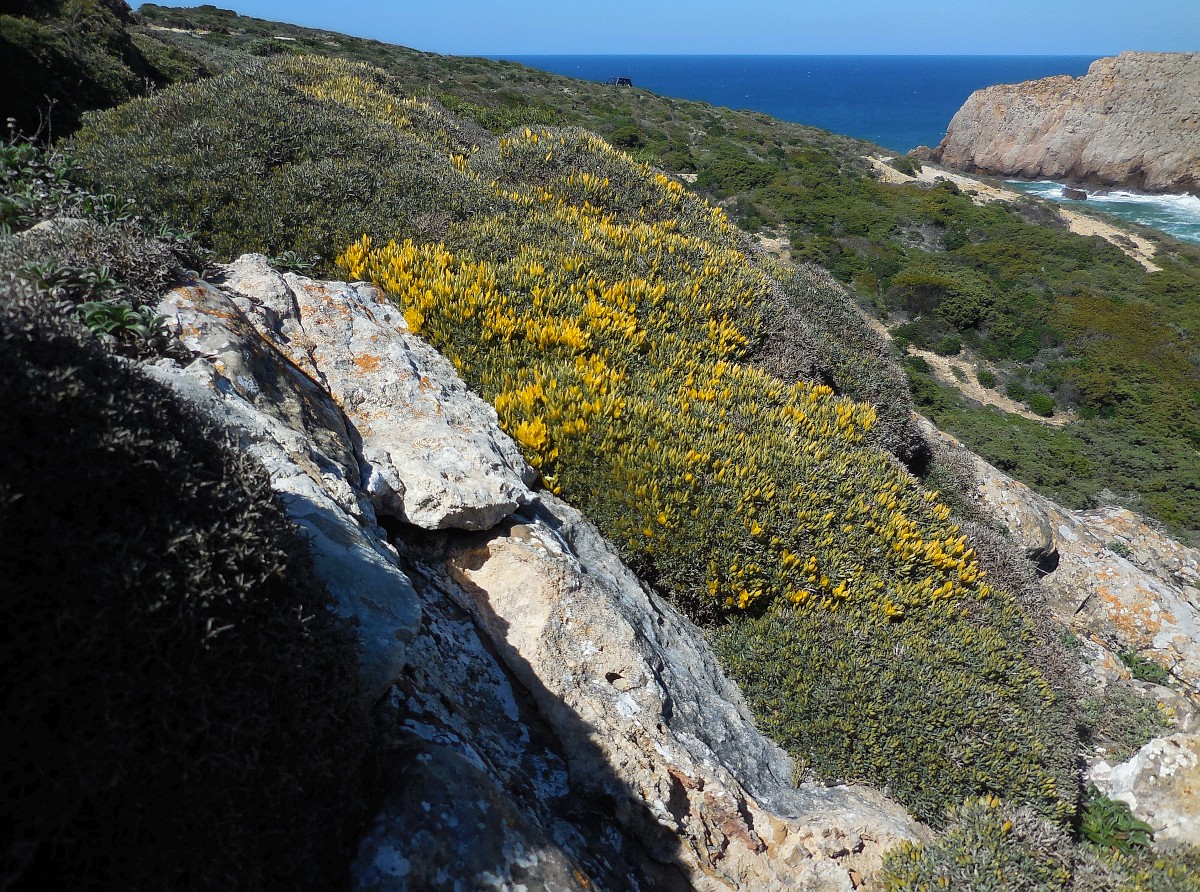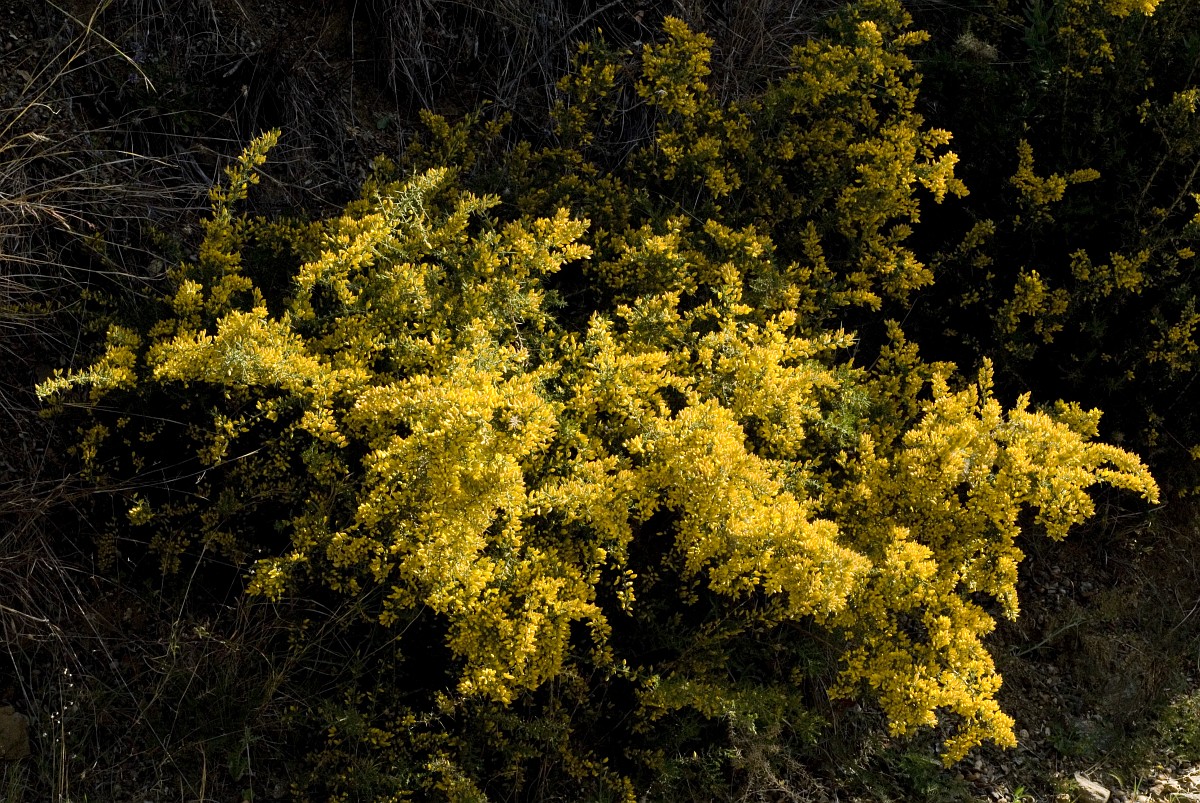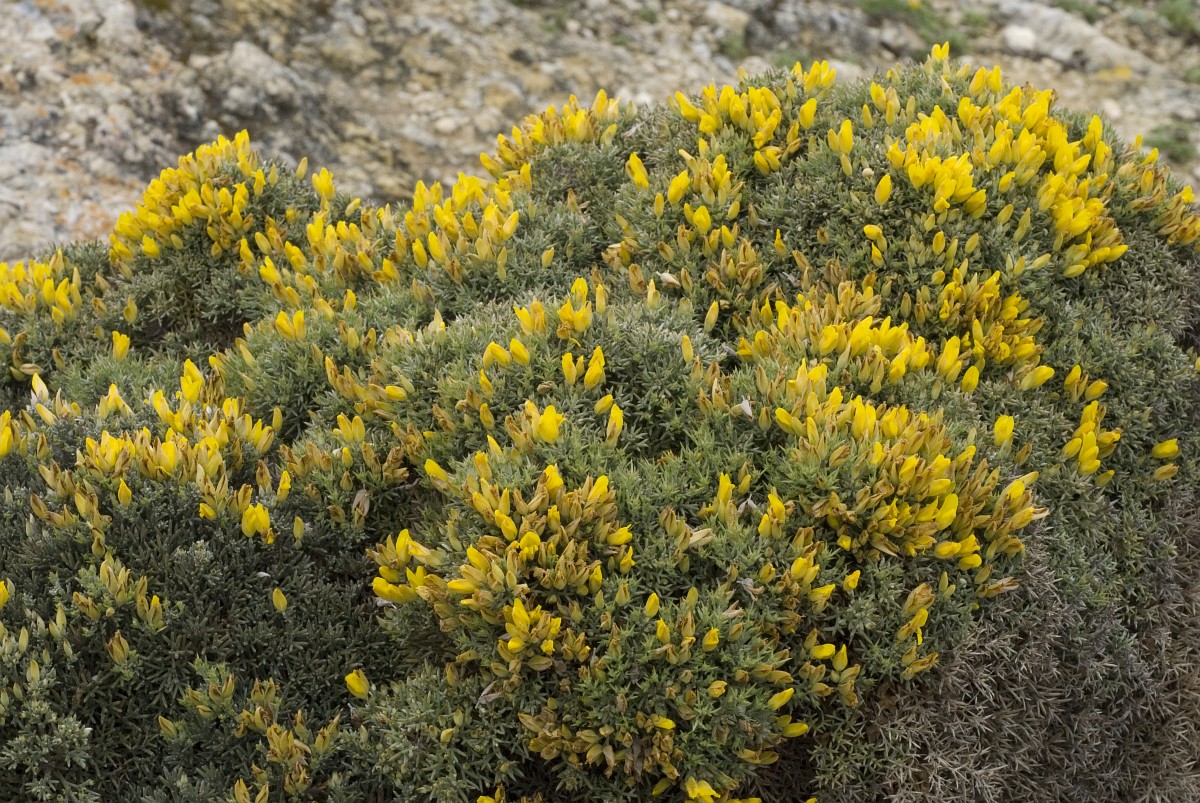Ulex Iberian Species
Sponsor
Kindly sponsored by
a member of the International Dendrology Society
Credits
Julian Sutton (2022)
Recommended citation
Sutton, J. (2022), 'Ulex Iberian Species' from the website Trees and Shrubs Online (treesandshrubsonline.
Genus
Every Ulex species as we define them (largely following Flora Iberica – Cubas 1999) grows somewhere in Spain or Portugal. Most grow nowhere else. While few of the Iberian endemics are ever likely to be grown in our area, it seems worthwhile to give a very brief, English language overview of the entire genus as currently understood. This seems not to have been done since Flora Europaea (Tutin et al. 1968) which took a broad species concept at odds with most current Iberian work. We list calyx and banner lengths as a rough indication of flower size. See Cubas (1999) for thorough treatments of all taxa, with full identification details. NB that although Ulex europaeus, U. gallii, U. minor and U. parviflorus occur in Spain and Portugal they are not discussed below; these have their own species accounts in this treatment.
Ulex airensis Esp.Santo, Cubas, Lousã, C.Pardo & J.C.Costa
Synonyms
Ulex parviflorus subsp. airensis (Esp.Santo, Cubas, Lousã, C.Pardo & J.C.Costa) Rivas Mart.
Dark- or yellowish-green shrub to 1.5 m; primary spines to 3 cm; calyx 7–10 mm long; banner 8.5–12.5 mm long. Diploid.
Distribution
- Portugal – C
Ulex argenteus Welw. ex Webb
Dense shrub to 1 m, silvery due to covering of appressed hairs on spines; calyx 7.5–8.5 mm long; banner 7–10 mm long. Diploid.
Distribution
- Portugal – S
Ulex argenteus subsp. subsericeus (Cout.) Rothm.
This has a more open habit than subsp. argenteus, height to 1.5 m, with slightly larger flowers. Hexaploid, perhaps an allohexaploid (Fonseca et al. 2021).
Distribution
- Portugal – S
- Spain – SW
Ulex australis Clemente
Dark- or yellowish-green shrub to 1 m, with open branching; calyx 9.5–12.5 mm long; banner 11.5–16 mm long. Hexaploid, perhaps an allohexaploid (Fonseca et al. 2021).
Distribution
- Portugal – SW
- Spain – SW
Ulex baeticus Boiss.
Shrub or subshrub, 0.2–1.2 m; phyllodes long, to 7 mm; calyx 9.5–13.5 mm long; banner 10–14.5 mm long. Diploid.
Distribution
- Morocco
- Spain – S
Ulex borgiae Rivas Mart.
Loosely branched shrub to 2 m, foliage usually yellowish green; primary spines clearly longer than the secondaries; calyx 12–13 mm long; banner 13–16 mm long. Tetraploid or hexaploid, morphologically resembling U. jussiaei.
Distribution
- Spain – S
Ulex canescens Lange
Densely branched, pale green subshrub to 1 m tall; stems and spines with whitish, silky hairs; primary spines stout; calyx 8.5–10 mm long; banner 10–12.5 mm long. Diploid.
Distribution
- Spain – SE (Cabo de Gata)
Ulex densus Welw. ex Webb
Very densely branched, bright green subshrub to 50 cm; primary spines long and thin; calyx 12–14 mm long; banner 12.5–15 mm long. Tetraploid, perhaps an allotetraploid (Fonseca et al. 2021).
Distribution
- Portugal – WC
Ulex erinaceus Welw. ex Webb
Densely branched subshrub 10–40 cm tall, silvery with appressed hairs; primary spines short (to 1 cm), weak; calyx 10.5–12 mm long; banner 11–13.5 mm long. Tetraploid (Fonseca et al. 2021).
Distribution
- Portugal – Extreme SW – Cape St Vincent, Sagres Point
Ulex eriocladus C.Vicioso
Loosely branched shrub to 1 m, greyish with appressed, circinate hairs; primary spines to 1.5 cm; calyx 8–9.5 mm long; banner 8.5–13.5 mm long. Tetraploid.
Distribution
- Portugal – SE
- Spain – SW
Ulex jussiaei Webb
Dark green shrub to 2 m, usually with open branching; primary spines to 4 cm, with secondaries usually clustered towards base, but not fasciculated; calyx 12–15 mm long; banner 12.5–15.5 mm long. Hexaploid, perhaps an allohexaploid (Fonseca et al. 2021).
Distribution
- Portugal – C
Ulex micranthus Lange
Shrub or subshrub to 1 m; primary spines short (to 1 cm) and rigid, with a pair of shorter secondaries near the base, hence appearing trifurcate; calyx 5–6.5 mm long; banner 6.5–11 mm long. Diploid.
Distribution
- Portugal – N
- Spain – NW





